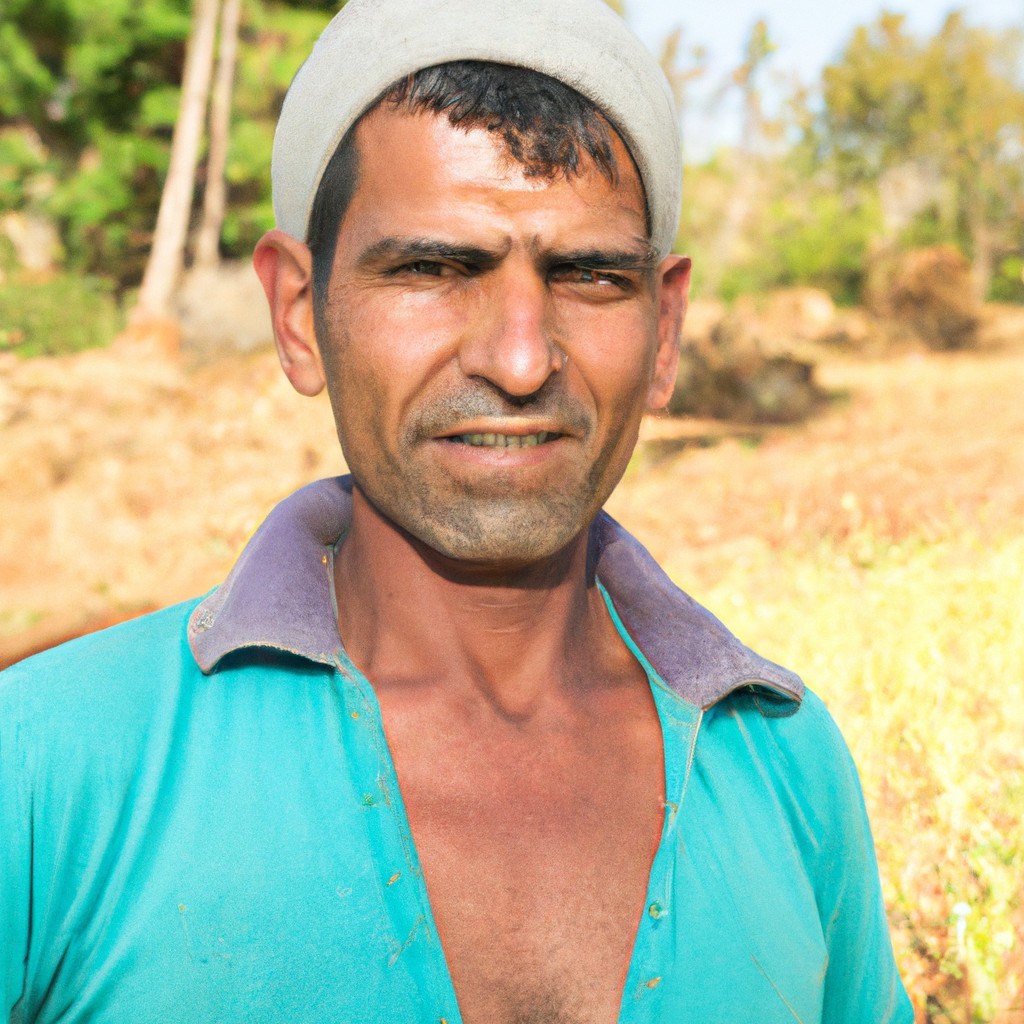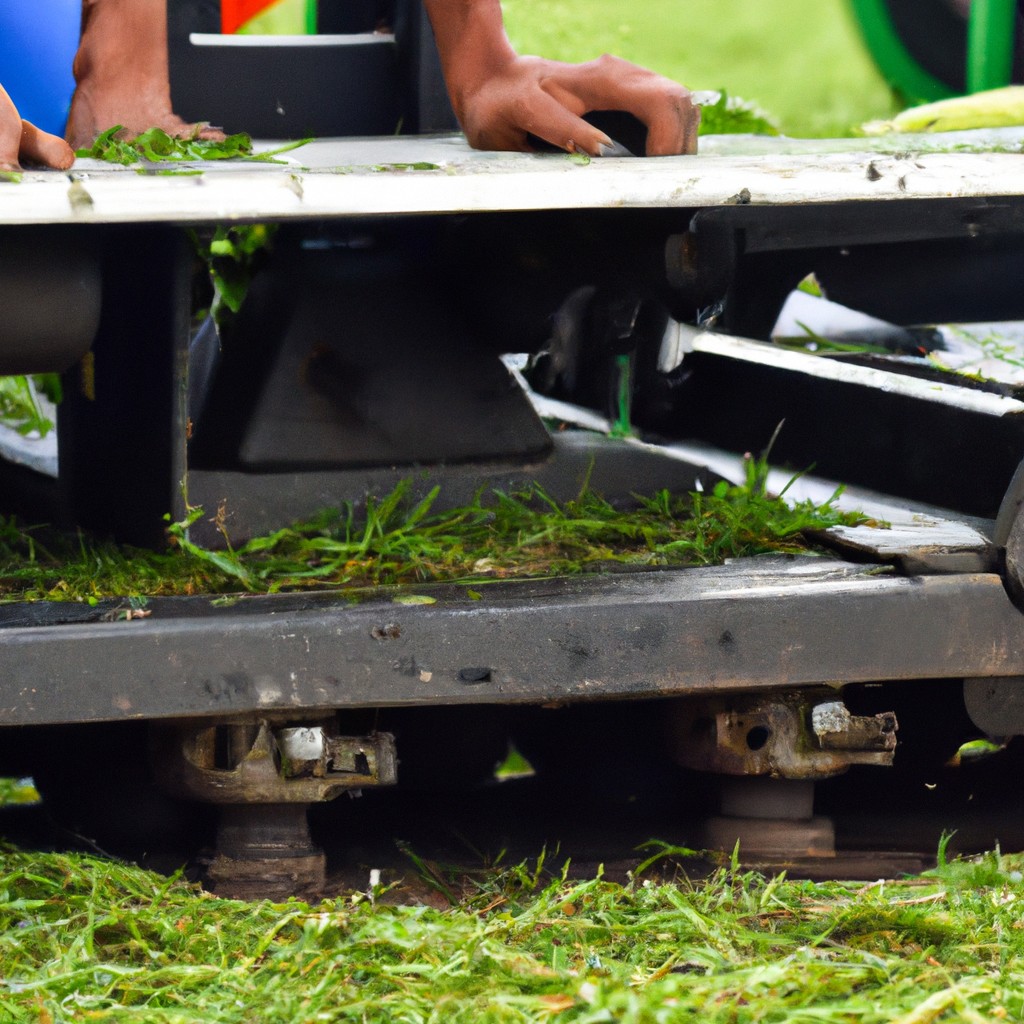Exploring the transformative power of precision agriculture, this article delves into various tools and technologies that are reshaping farming practices to be more sustainable and efficient.
Precision agriculture, also known as satellite farming or site-specific crop management, is a farming management concept that utilizes modern technology to monitor and optimize agricultural production processes. A variety of tools are used in precision agriculture, including GPS devices, Geographic Information Systems (GIS), remote sensing instruments, and on-the-go crop sensors.
These tools allow farmers to accurately manage variations in the field, improving crop yield and reducing waste. By using these tools, farmers can make more informed decisions about when and where to plant, fertilize, and irrigate their crops.
This article will delve into the details of these tools and how they contribute to more sustainable and regenerative farming practices.
Key takeaways:
- Precision agriculture utilizes modern technology for sustainable farming.
- Tools include GPS, GIS, remote sensing, and on-the-go crop sensors.
- Machine learning and AI enhance decision-making and efficiency.
- Essential equipment includes GPS, GIS, drones, and crop sensors.
- Precision farming techniques reduce agrochemical use and increase productivity.
Look Inside:
Understanding Precision Agriculture

Precision agriculture employs advanced technologies to observe, measure, and respond to variability in crops. It capitalizes on the use of combinational tools, such as GIS, GPS, and remote sensing to make well-informed, site-specific decisions, leading to improved crop growth and production efficiency.
With its focus on data-driven farm management, precision agriculture provides farmers with detailed field observations, offering a clear view of potential issues in soil health or crop vigor. The end goal is to maximize the farmers’ yield and ROI while minimizing waste and environmental impact.
These technologies, when rightly used, present a significant leap forward in sustainable farming.
The Role of Machine Learning and Artificial Intelligence in Precision Farming
Embracing an algorithm-driven approach, farmers are increasingly using AI and machine learning to analyze weather patterns, soil conditions, crop health, and other variables that influence agricultural outcomes.
These technologies employ complex algorithms to predict and model scenarios, thereby enhancing decision-making processes.
For example, they can determine the precise time to plant or irrigate based on weather forecasts and soil conditions, minimizing resource waste and optimizing yield.
Machine learning further enhances this process by learning from each cycle, constantly refining and recalibrating algorithms according to actual field data.
The resulting predictive models become progressively more accurate, further driving efficiency and sustainability in farming operations.
Essential Equipment and Machinery for Precision Agriculture
Key components of a successful precision farming enterprise are Global Positioning Systems (GPS) and Geographic Information System (GIS). GPS provides precise location data for the machinery, which in turn feeds into GIS, enabling real-time tracking of agricultural operations. This combination supports effective field navigation, tracking of variable rate input application, and yield mapping.
Drones and satellite imaging technologies serve as eyes in the sky, capturing detailed aerial imagery. The resultant data is invaluable in identifying problem areas in fields such as disease hotspots or soil variations before they affect yield.
On-the-go crop sensors are integral for detecting crop health and composition while tractors or harvesting machines are in operation. These sensors measure aspects such as soil composition or moisture levels, presenting instant data to optimize operations.
Automated steering systems, utilized in modern farm machinery, significantly reduce operator fatigue and increase accuracy – integral for operations such as planting, where precision is necessary to optimize seed distribution.
In essence, such equipment and machinery have transformed the cultivation process, acting as vigilant, data-savvy aides to modern farmers.
Exploring Tools Utilized in Precision Agriculture
Underpinning the success of precision farming operations, various sophisticated tools form the backbone of this innovative practice. Primarily, Global Positioning System (GPS) devices provide extensive assistance. By ground-proofing or verifying the GPS coordinates on the ground, farmers can precisely map their field borders, crop rows, or irrigation systems, putting a stop to overspray and equipment overlap, thereby saving resources.
Geographic Information Systems (GIS) also play a critical role, aiding in the analysis and visualization of spatial data. Overlaying multiple layers of information about a plot, such as soil type, crop yield, and topography supports decision-making, conservation planning, and risk management.
Next is the advent of remote sensing equipment. From mounted devices on tractors to airborne drones, these tools provide images that help identify changes in crop health before they become visible to the human eye.
Finally, at hand are on-the-go crop sensors. Integrated into machinery, these are aimed at providing real-time analysis of crops, helping to control the application rate of issues, like nutrients and water need, on a field variability basis.
Leveraging these technologically advanced tools equips farmers with data-driven insights, proving an invaluable asset in the quest for sustainable and optimized crop production.
The Primary Objectives of Precision Agriculture
In an effort to minimize operational costs while simultaneously enhancing crop health and yield, precision agriculture largely focuses on optimizing field-level management. Through detailed analysis and mapping of spatial and temporal variations in variables such as rainfall, soil content, and pest stress, farmers are empowered to cultivate crops more accurately, tackling problems at their inception.
Furthermore, it aims to reduce nutrient and pesticide use by applying them only where and when they are required, thereby actively reducing environmental footprint. By harnessing these data-driven insights, precision agriculture ensures that efficiencies are maximized, and resources are strategically allocated, leading to sustainable and regenerative farming.
Key Advantages of Precision Farming Techniques
Leading the way to increased productivity, precision farming techniques offer several substantial advantages. Reduced agrochemical usage is notably a top benefit, as farmers can now target areas that specifically require treatment rather than resorting to blanket application, leading to significant cost savings and minimized environmental impact.
With the ability to analyze crop conditions in real-time, farmers can implement timely interventions and improve yield quality. These methods also facilitate effective water management. By employing precise irrigation techniques, water usage is optimized, mitigating the risk of over-irrigation and preserving this valuable resource.
Moreover, through compact and digitized data collection, decision-making becomes more efficient – farmers can strategize based on comprehensive and precise field information, contributing to waste reduction and further enhancing sustainability. Finally, by automating tasks, precision farming reduces the labor requirements, allowing a solitary farmer to manage larger areas effectively.
Important Components of Precision Agriculture Systems
Global positioning systems (GPS) lead the way as one of the crucial technologies in precision farming. The GPS aids in field mapping, yield mapping, and weather tracking, ultimately enhancing crop productivity.
Another key component is Geographic Information Systems (GIS), which collects, stores, manages, and interprets data related to particular locations, providing farmers with a more unobstructed view of their land’s state.
The use of remote sensing technologies is also essential, giving farmers real-time data about their crops and making it possible to manage them more effectively. These include drones equipped with cameras and sensors to capture field data from above.
Lastly, on-the-go crop sensors play an imperative role. These tools measure factors like crop yields, soil properties, and nitrogen levels in plants, relaying this information back to the farmer. This real-time data helps inform decisions about irrigation, fertilization, and pesticide application, promoting sustainable and less wasteful practices.
Each of these components contributes uniquely to the overall effectiveness of precision farming systems, working together to enhance productivity and sustainability within the agricultural sector.
Agriculture Software Tools: An Essential Guide for Precision Farming
Agriculture software tools combine spatial and localized data to help farmers make better decisions about crop management. Integral to these software platforms are sophisticated data analytics capabilities, giving a granular view of a farm’s operations, including soil and weather conditions.
These digital platforms often use cloud-computing technology, allowing farmers to access data in real-time conveniently. GIS-based software helps in land mapping, monitoring crop health, and yield prediction. Telematics software, on the other hand, facilitates remote tracking of vehicles and equipment.
Plant and soil sensors, coupled with these digital tools, help monitor parameters like soil moisture, pH levels, and overall health, enabling farmers to take timely actions. This way, agriculture software tools contribute significantly to optimizing water use, enhancing yield, and ultimately promoting sustainable farming practices.
The Impact of Precision Farming On Modern Agriculture
Precision farming techniques are significantly impacting modern agricultural practices. They serve to increase efficiency and reduce labor-intensive practices. By allowing farmers to apply fertilizers and other soil amendments only where needed, such methods cut down unnecessary costs and limit the environmental impact.
Moreover, these techniques are improving crop yield and quality. With precision tools, farmers can monitor crop growth in real time and take immediate corrective action if problems are detected. This rapid response approach leads to better crop health and productivity.
Furthermore, the data that precision farming generates aids in predictive analysis for future farming seasons. This wealth of information enhances decision-making processes, ensuring farms are resilient to climate change and market fluctuations. Ultimately, precision farming is steering modern agriculture towards more sustainable and profitable operations.
FAQ
What equipment is used in precision agriculture?
Precision agriculture utilizes equipment such as guidance and automatic steering systems, yield monitors, variable rate input applicators, remote sensors, section and row controls on planters, sprayers and fertilizer applicators, and spatial data management systems.
What are precision agricultural techniques?
Precision agricultural techniques are modern methods that employ tools like satellite imagery and field mapping to enhance crop quality and profitability while optimizing the usage of traditional resources.
What are some examples of precision agriculture?
Precision agriculture leverages technologies such as drones, Global Positioning Systems (GPS), and irrigation systems to increase profitability and efficiency in farming practices.
What are the platforms for precision agriculture?
Top platforms for precision agriculture include Farm Works, SMS, MapShots, AgDNA, Sentera, and AgroSense.
What role does technology play in delivering precision agriculture?
Technology plays a pivotal role in precision agriculture by enabling farmers to monitor and optimize crop needs, reduce waste, and enhance yields through the use of devices such as GPS, sensors, drones, and data analytics software.
How has precision agriculture influenced sustainability in farming practices?
Precision agriculture, with its technologically advanced tools and data-driven practices, has significantly contributed to sustainability in farming by enabling farmers to optimize inputs, reduce waste, and improve overall operational efficiency thereby minimizing environmental impact.
Can precision agriculture methods contribute to soil regeneration?
Yes, precision agriculture methods contribute to soil regeneration through specific practices like targeted fertilization and optimized irrigation, which can improve soil health and fertility over time.




